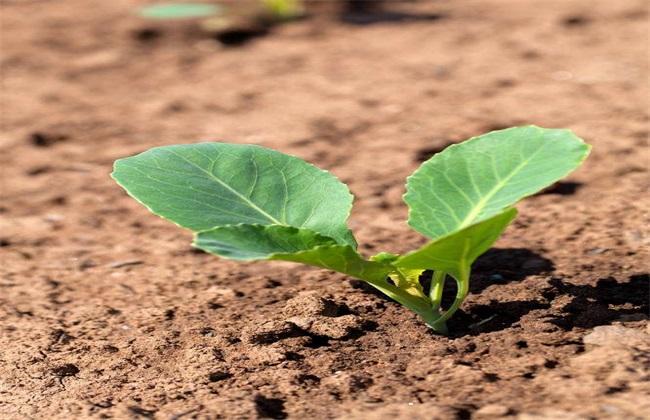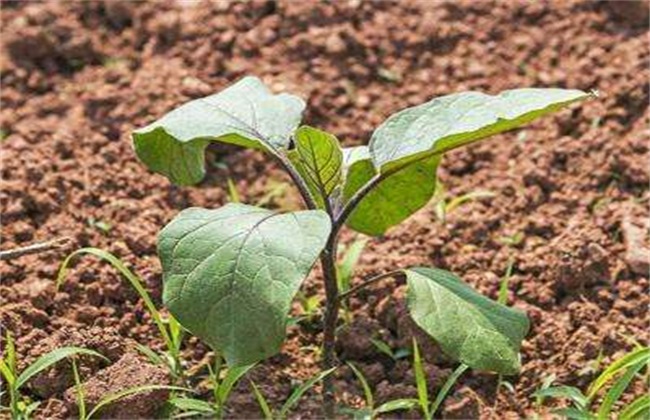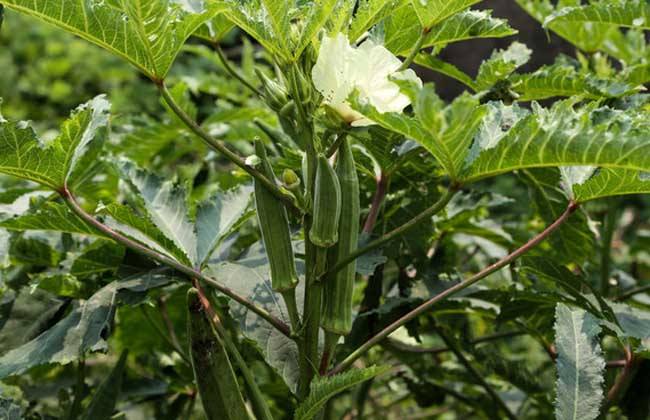Management of Cabbage Seedling stage
Cabbage, also known as lotus white and cabbage, is a common vegetable in southern winter and a common consumptive vegetable. It is liked by more people because of its fresh and tender taste. Generally speaking, we have to start sowing and planting in autumn, and the critical period of planting is the seedling stage. the survival and growth of the seedling stage directly affects the growth of vegetables in the later stage and affects the yield, so the management of the seedling stage is very important for the planting process. We will introduce how to manage the seedling stage later.

First, emergence of seedlings
If there is enough temperature and moisture after sowing, the seedlings will emerge in about half a month. After the seedlings are unearthed, they should first remove the weeds among the seedlings to avoid competing for nutrients, and then the diseased seedlings should be pulled out. Weak seedlings can not be retained, or they can be transplanted to a new seedbed to provide good care to help grow seedlings. After that, there is enough space between the seedlings, when the seedlings grow two true leaves, they can be transplanted in batches, after the first batch of transplanting, it is conducive to the healthy growth of the following seedlings.
Temperature and humidity
The newly unearthed seedlings generally need to build a small arch shed to keep warm. At first, the temperature should be between 18 and 24 degrees. After emergence, the seedlings can be kept at about 15 to 20 degrees. When they start to grow leaves, the arch shed can be removed. The natural temperature can keep the leaves growing well. The environmental humidity should be reduced to about 50% after emergence, keep the surface dry, and the humidity is prone to sudden fall disease. Watering should be done a few times before removing the arch shed, and the two ends should be ventilated every evening. After removal, the seedlings should be refined and watered less in the seedling stage.
III. Soil nutrition
The nutrients that exist in the soil itself, there are some fertility, special minerals and so on, so they can meet the nutrition of seedling growth. However, most of the soil fertility still needs to be fertilized by itself to fully meet the needs of seedling growth. Therefore, in addition to base fertilizer, some nitrogen fertilizer should be applied after seedling refining and chemical fertilizer should be diluted. After the slow seedling stage after transplanting, we also need to add more topdressing, about 300 jin per mu, farm manure can be used, but irrigation should be carried out before use.
IV. Disease prevention and control
The most common disease of leafy vegetables in seedling stage is quenching disease, which mostly occurs before the seedlings are unearthed, and can continue to occur in the whole seedling stage. It mainly harms the base of the seedling stem, rots from the base of the stem, and the dead seedling falls to the ground directly. Even rotten seeds do not emerge. At the time of sowing, 0.5 kg of seeds can be mixed with 99% carbendazim soluble powder and the seedbed can be sprayed with 99% carbendazim soluble powder. The diseased plants were removed in time, and then sprayed or irrigated with 99% carbendazim soluble powder 3000-5000 times. Two or three days before transplanting, the control effect is better when the pesticide is applied again.
Cabbage planting process, the seedling stage is a critical period, and should pay attention to the management period, so today a brief introduction of the main aspects of seedling management, in the actual management, can refine these aspects of management content, better management work.
Related
- Where is it suitable to grow horseradish in China? it is expected to see the middle altitude horseradish in Alishan.
- How to prevent tomato virus disease reasonably? (Control methods included)
- Many people like to plant towel gourd on the balcony. What are the main points of this method and management?
- What crops can chili peppers be mixed with?
- Fertilization techniques and matters needing attention in Tomato
- What are the grafting techniques for peach seedlings in spring?
- Harm and control methods of root swelling disease of Chinese cabbage
- What are the pests of sweet potatoes? How to prevent and cure it?
- Symptoms, causes and Control methods of navel Rot in Tomato
- The cause of "Cucumber rotten bibcock" in Farmers' planting Cucumber and its Control Plan



